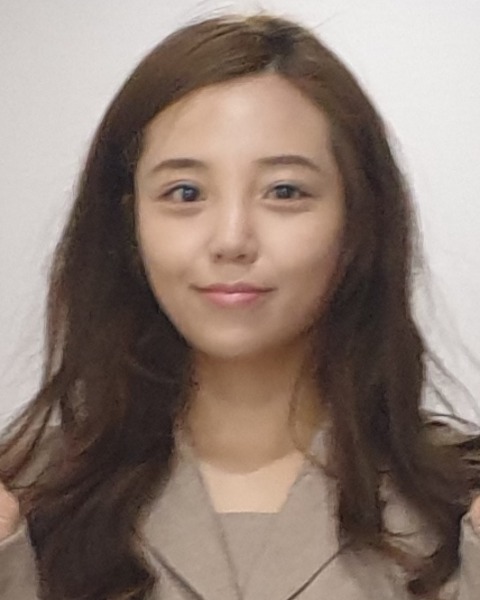Vitamins and Minerals (Poster Session)
(P17-018-24) Development and Validation of a Vitamin D Intake Assessment Tool – A Semi-quantitative Food Frequency Questionnaire for Koreans
Sunday, June 30, 2024
12:45 PM - 1:45 PM CT
Location: Poster Board 185
- SL
Sun Yung Ly, PhD (she/her/hers)
Professor
Chungnam National University
Daejeon, Taejon-jikhalsi, Republic of Korea 
Hye Ran Shin, Ph.D
Researcher
Hannam University
Daejeon, Taejon-jikhalsi, Republic of Korea
Presenting Author(s)
Co-Author(s)
Disclosure(s):
Sun Yung Ly, PhD: No relevant financial relationship(s) with ineligible companies to disclose.
Hye Ran Shin, Ph.D: No relevant financial relationship(s) with ineligible companies to disclose.
Objectives: The proportion of Korean adults consuming less than the adequate intake (400∽800 IU/day) of vitamin D was 87.4%. Vitamin D source food are extremely limited, but their contribution varies greatly depending on individuals' eating habits. In this study, we developed a reliable semi-quantitative food frequency questionnaire (FFQ) that can evaluate vitamin D intake in Koreans and estimate its validity.
Methods: Twenty-five vitamin D source foods among the most frequent and highly consumed foods found in the Korea National Health and Nutrition Examination Survey (KNHANES) Ⅶ (2016-2018) were initially selected as FFQ food items. The final FFQ including 25 foods from seven food groups was developed by adding major vitamin D sources such as eel, salmon, cereal, mackerel, quail egg, beef, and soy milk. Food intake was surveyed using the FFQ and 24RC among 152 women living in a large city in Korea. The 24RC was conducted for 12 days (12DR, 12-day dietary record) across four seasons, and FFQ was conducted twice (FFQ1 and FFQ2). Reproducibility was rated between two FFQs, and validity was evaluated between FFQ2 and 12DR using log-transformed Pearson’s correlation coefficient, weighted kappa, intraclass correlation coefficient (ICC), and Bland-Altman plot.
Results: The vitamin D intake of Korean women in FFQ1 and FFQ2 was 4.90±3.46㎍/day and 4.58±3.75㎍/day, respectively, which was > 4.07±2.78㎍/day in 12DR. The Pearson’s correlation coefficient was 0.542(p < 0.001) for reproducibility and 0.486 (p < 0.001) for validity. The ICC was 0.589 for reproducibility and 0.539 for validity. The weighted kappa showed fair agreement for both reproducibility and validity with values of 0.379 and 0.274, respectively. The Bland–Altman plot showed the mean difference was 0.08㎍ (the LOA was -1.08 to 1.24) for reproducibility and -0.10㎍ (the LOA was -1.34 to 1.15) for validity. The Bland-Altman index was 4.0% for both reproducibility and validity.
Conclusions: This validated vitamin D FFQ would be a convenient method to assess vitamin D intake in Koreans, contributing to improved vitamin D nutrition.
Funding Sources: This research was funded by the National Research Foundation of Korea Grant funded by the Korean government (Ministry of Science and ICT), grant number 2020R1A2C1009608.
